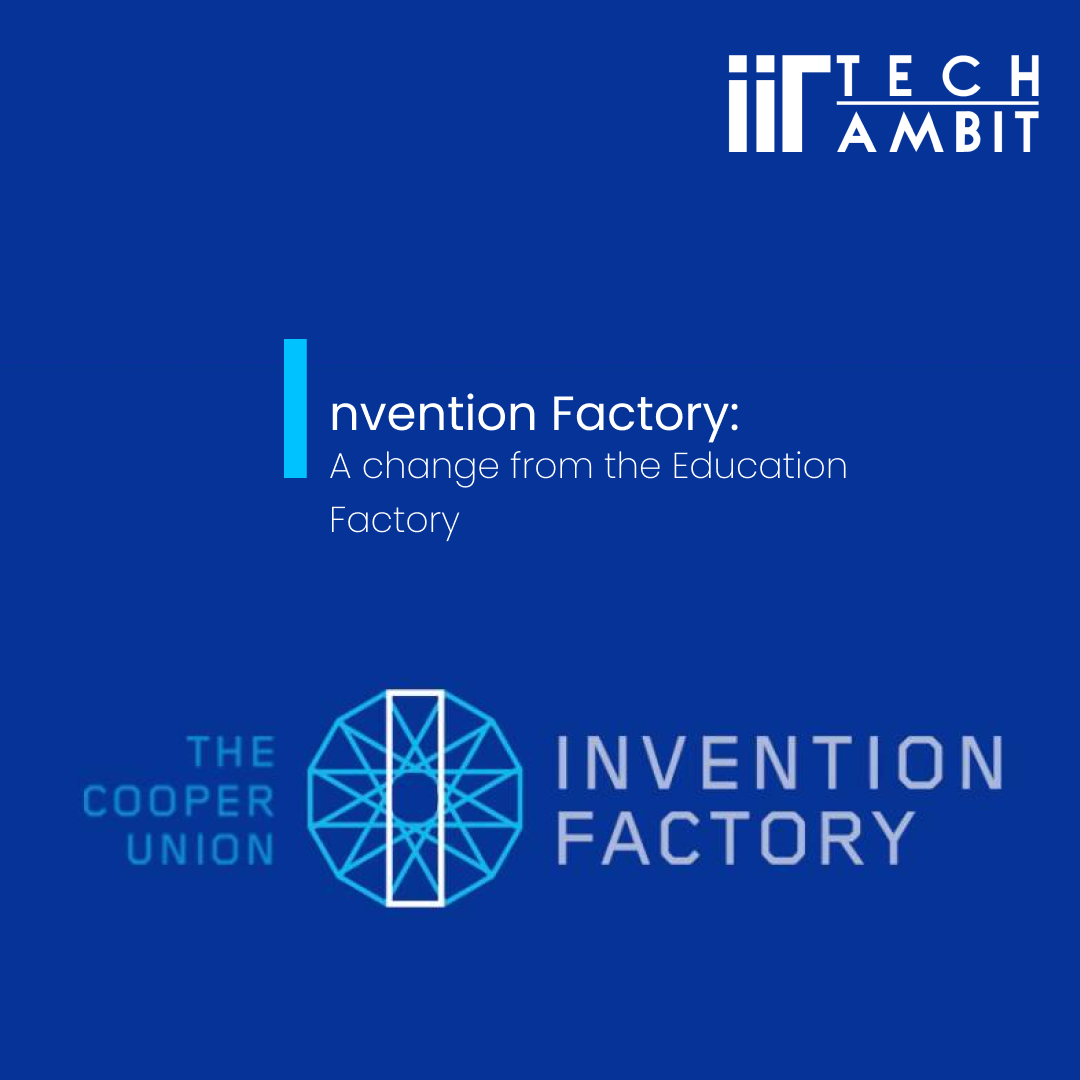Do you have the potential to be an inventor? Is your brain always churning out ideas? Do you just need a chance to unpack your creative and analytical skills to invent the next big thing?
Invention factory may just be the opportunity you have been waiting for! The programme originated in the USA in 2013, at an elite engineering institution in New York City - The Cooper Union. It eventually made its way into India, first at IIT Gandhinagar in 2018 and then at IIT Bombay in 2022 under the name Invent@IITGN and Invent@IITB, respectively. It is an intense six-week summer program in which students from different IITs across India work together in teams of two to Prototype, Pitch and Patent (yes, patent!) their own inventions.
How to apply and prerequisites
Have you already pulled out that little notebook of ideas that you maintained in middle school? Already started practicing the speech you’ll give when you’re featured in Forbes' 30 under 30? Before we lose you in your thoughts, let us answer the question that’s first and foremost on your mind - What are the prerequisites? There are literally no prerequisites to apply for this program. You absolutely do not need to have an invention on your mind already or an obscenely high CPI or even any previous experience in any domain. The only checkbox that you have to mark in order to apply is that you need to be a student at an IIT, and that’s it. In order to apply for this, all you need to do is submit a video and a brief description (a maximum of 500 words only!) of why you are a good fit for the program, and that is all.
Ideating on your Invention
Once you get selected for the program, you spend your first week ideating on your invention with your partner. A critical process of the invention selection process is determining that your invention addresses a real need - consumer or societal or both. The invention should be feasible enough for you to quickly develop the skills necessary to complete a working prototype of the invention within the 6-week programme period, precluding any overly ambitious proposals. They should yield ‘utility patents’, i.e., perform a useful function. The invention must be both "novel" and "non-obvious," which means you must be the first person to come up with this product, and it must be non-trivial in some way. It may have commercial potential (‘need’) and it should be ‘tangible’ - something that you can build.
Some Notable Projects
Now that you’ve learned about Invention Factory, one question that comes to mind is - What is the potential of such a program? What kind of projects does it produce? How ‘innovative’ is Invention Factory? Let's take a look at two recent products that have come out of the programme - Heal-IT, and EasyCarry.
Heal-IT
Imagine this: you’re cycling down a picturesque road, in the middle of nowhere, enjoying the wind in your hair and just having fun spending some time alone. However, just when you start thinking that you’re at the top of the world, you fall, quite literally, as your cycle collapses after colliding with a rock. Your hand starts bleeding and you need immediate medical assistance but there’s no one in sight (you were in the middle of nowhere, remember?). This is where HealIt can help. Mann from IIT Kharagpur and Neha from IIT Gandhinagar created HealIt. It is a portable wound treatment device that helps you clean wounds without the assistance of a third party. This therefore enables people to administer first-aid to themselves in case of an emergency instead of having to wait for someone else to arrive.

Alright, but how does this work? The device contains expandable cotton pads, which are stacked on a threaded tube that is perforated at the end. These pads are pushed to the front by a rotating knob and antiseptic is sprayed on the outermost pad. After cleaning the wound with this pad, one can seal it using the sealing liquid present in the second tube, resulting in a hygienic treatment of the wound. In order to make the device more travel friendly, it comes with a pair of tweezers, a bandage roll, and a flashlight.
EasyCarry
Okay, now imagine the same bicycle as earlier, but with a huge picnic basket with your lunch in it (because who doesn’t enjoy a picnic on the prairie every once in a while?). Now, even though you fell because of an obstacle, the fact that you had such a bulky basket with you just made it harder for you to balance and made your fall that much more likely. Even worse, because your basket wasn’t securely attached to the bicycle, all your lunch went flying into the grass and became cattle fodder. What a day to be in the middle of nowhere!
However, much of this could have been prevented had you been using EasyCarry, an easy-to-use basket specially designed for cyclists. The brainchild of Anuj from IIT Madras and Jainam Shah from IIT Gandhinagar, it is basically a foldable basket that can be attached to the handles of a bicycle when needed and can then be detached to be used as a normal shopping basket. It has multiple applications, most of all in the ever-growing home delivery business.

To conclude, Invention Factory is a platform where young minds can grow and interact with other bright minds to create inventions that solve real life problems and strive towards making the world a better place.
If you are interested in the programme and want to have your own invention, you can visit their website www.inventionfactory.org to learn more.

